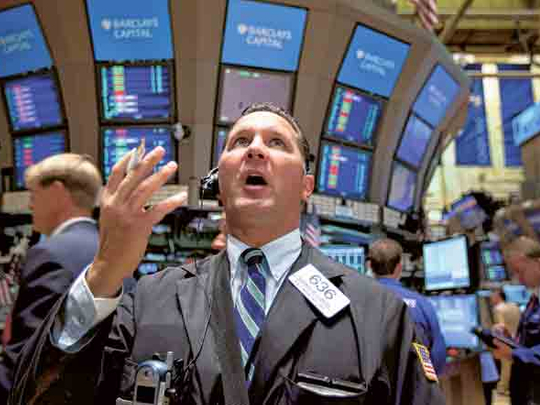
The credit rating downgrade of the United States by S&P was necessary given the increasingly unsustainable debt burden it faces in the coming years.
Credit ratings reflect the overall ability of a country to service its debt, based on its financial and political stability. S&P may be taking a hard-line on the US after credit rating agencies failed to sound the alarm — and even endorsed — the borderline fraudulent investment instruments that led to the international financial crisis.
But, the agency made two important points in its downgrade: the US is not doing enough to reduce its debt burden and the country's present political leadership and institutions do not have the capacity to deal with the resulting economic crisis.
For investors who treated the US as a safe haven and the foundation of the international financial system, the fact that it may not be able to solve its economic problems is the major concern. It means that the international financial system is going to have to be redesigned, something for which critics of the US are already calling.
The wider implications of the S&P decision to downgrade the credit rating of the US is not known, although painful losses will be realised if investors panic and flee financial markets in the coming days.





